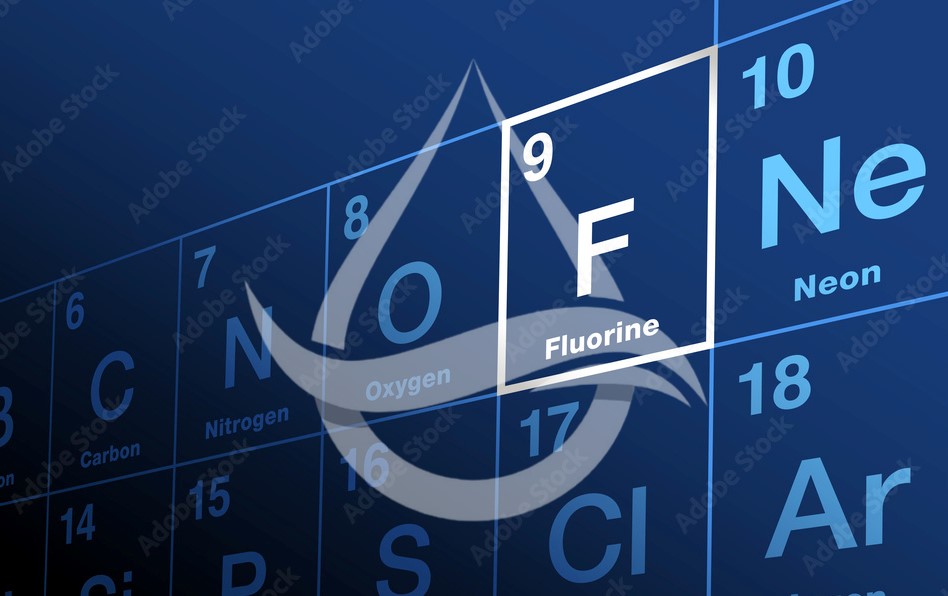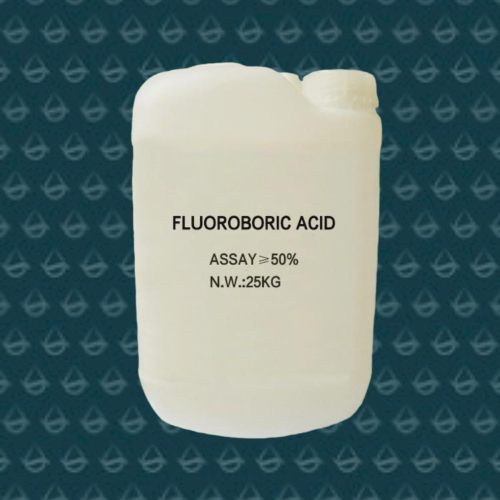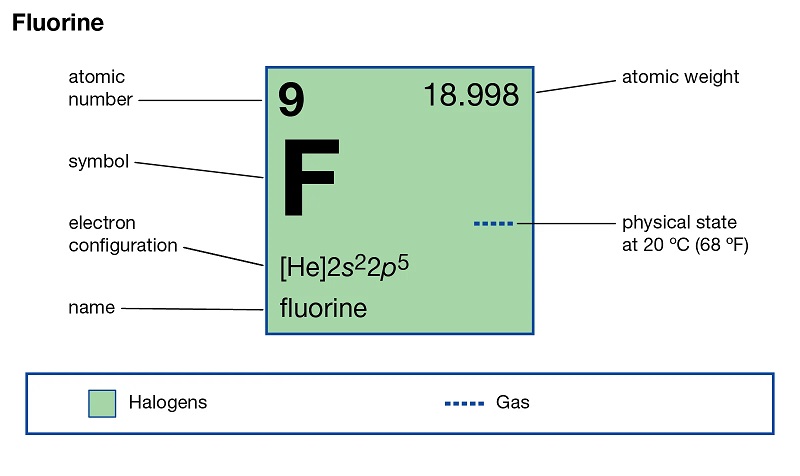Fluorine is an extremely reactive element and forms compounds with various other elements. These compounds are widely utilized in various industries due to their unique properties and efficient performance. In this essay, we will explore some of the best-selling fluorine chemical compounds that have gained popularity in different sectors.
Fluorine products
The Anhydrous Hydrofluoric Acid Market is expected to grow from USD 2.90 Billion in 2022 to USD 3.40 Billion by 2030, at a CAGR of 2.30% during the forecast period.
?What is Anhydrous Hydrofluoric Acid Market
Anhydrous Hydrofluoric acid (AHF) is a highly corrosive and toxic chemical compound composed of hydrogen fluoride (HF) without any water content. It is an important industrial chemical used in various applications.
Fluoride-based Chemicals
Fluoride-based chemicals are like the front-line soldiers in the battle for fabulousness. They are commonly used in metal electroplating processes to improve adhesion and provide a smooth and uniform coating. These chemicals bring out the shine in your jewelry and make it look like it just stepped out of a fairy tale.
Introduction to Fluoroboric Acid
Fluoroboric Acid, also known as hydrogen fluoroborate or tetrafluoroboric acid, is a compound widely used in various industrial processes and applications. This article explores the production methods, properties, industrial applications, and products made with Fluoroboric Acid. Additionally, it delves into the safety considerations, environmental impacts, and future trends associated with this versatile chemical compound. Understanding the production, applications, and potential advancements in Fluoroboric Acid usage is essential for industries and scientists alike, as it plays a crucial role in numerous fields ranging from metal surface treatment to chemical synthesis.
(HF)Introduction to Hydrofluoric Acid
Hydrofluoric acid, commonly abbreviated as HF, is a highly corrosive and toxic chemical compound. It is composed of hydrogen fluoride (HF) dissolved in water, forming a colorless liquid with a sour odor. Hydrofluoric acid is widely used in various industrial processes, including glass etching, petroleum refining, aluminum production, and chemical synthesis. However, due to its hazardous nature, the handling and management of hydrofluoric acid require strict safety precautions to protect both human health and the environment. This article provides an overview of hydrofluoric acid production, its applications in different industries, essential safety measures, proper handling techniques, emergency response procedures, and environmental considerations for its use and disposal.
1. Introduction to Fluorine Derivatives in Health Products and Medicine
1.1 What are Fluorine Derivatives?
When it comes to health products and medicine, you probably don’t immediately think of fluorine derivatives. But these compounds play a crucial role in the development and effectiveness of various pharmaceuticals.
Fluorine derivatives are organic compounds that contain fluorine atoms. They are synthesized by incorporating fluorine into existing molecules, creating new compounds with unique properties and benefits. Fluorine, as an element, has special characteristics that make it a valuable component in pharmaceutical chemistry.
Fluorine products, a crucial group of compounds, play a vital role in various industries around the world. This article provides an insightful exploration of the main countries that produce fluorine chemicals, emphasizing their significance and applications. By delving into the properties and characteristics of fluorine and its compounds, we gain a foundational understanding of this essential element. Additionally, we examine the leading producers of fluorine chemicals, shedding light on their contributions to global supply. Furthermore, we explore the diverse applications of fluorine chemicals in manufacturing processes across industries such as pharmaceuticals, electronics, and automotive. This article also addresses the environmental impact of these chemicals and the necessary regulations to mitigate associated risks. Lastly, we delve into emerging trends, innovations, and safety considerations, providing a comprehensive overview of the world of fluorine chemicals.





